San Francisco State University was founded as the “San Francisco State Normal School”. Take that, all you who believe the City By The Bay to be populated by nothing but the socially irregular! SF State has been graduating the scholarly since 1901 and has a proud tradition in all sorts of venues, including athletics. The Athletic Department, in point of fact, has their own Hall of Fame which contains among its storied members exactly one fencer: Maestro Eric Alwin Funke d’Egnuff.
Regular readers will be familiar with the many tales told herein of Charles Selberg, himself a graduate of SF State (BA ’57, MA ’60). Selberg had his fencing beginnings at SF State under the tutelage of Erich Funke.
Erich Funke d’Egnuff portrait, autographed to Charles Selberg
But Funke’s history in the Bay Area dates back to 1933. Prior to that, he had been in New York for a period of time, but made the move West to continue his practice. He was born in Germany in 1900, and served in an all-Prussian unit (he was the only Saxon) during WW1. After the war, he immigrated to the US, settled in New York, and took up fencing. He trained as a teacher, following the Italian traditions. He trained at the New York Turnverein and was an assistant instructor at the Greco Fencing Academy. (The Greco who ran this club is a bit of a mystery to me. According to what I’ve heard, he was of no relation to the famous Greco family who still run the Accademia Greco in Rome. After New York, this Greco, Anthony, moved west and settling in Sunland, CA for a time, teaching fencing and selling equipment. More information needed.)
In a letter to Arthur Lane dated 1955, Funke spells out his Bay Area teaching history and, like many another fencing instructor, traveled all over the area.
Funke’s letter, detailing his history, written at the request of Arthur Lane, Fencing Historian.
Above, he states that he began teaching in 1934 at Burke’s Gymnasium in San Francisco, as well as in San Mateo and Berkeley. He also taught at the Olympic Club for 5 years from 1937 to 1942, opened his own salle in San Francisco in 1939, and started teaching at SF State in 1949.
Funke fencing without the distraction of a mask against 1928 Olympic Champion Helene Mayer. Inscribed by Funke, “Never give up” and by Mayer, “With best wishes!” The photo is dated by Mayer, February, 1935.
Funke was married to another fencer, his wife Gerde.
This photo of Gerde Funke is dated 1934, around the time she finished with a bronze medal at the Pacific Coast Championships.
I owe a huge debt of gratitude to Gerard Esponda and the late, well-beloved, Dr. William O’Brien of the Letterman Fencers Club. Gerard was kind enough to lend me some ephemera related to O’Brien’s long, long, very long career in fencing. Several of the items herein are from O’Brien’s stash of fencing memorabilia. One of the things O’Brien was excellent at was keeping news articles. (Hans Halberstadt was another famous clipper of news, but O’Brien’s collection of local news begins prior to Hans’ coming to America. Han’s scrapbooks really pick up around 1949. If you’re ever at Halberstadt’s, check them out! Ask first, I imagine…). Erich Funke had a pretty good knack for getting into the paper, so there are some interesting articles.
“They’re quite deft with foils.” At least it’s not a pun. No date on this article, unfortunately. I’m going to guess late 1930s, as dresses for lady foilists – even deft ones – went out of fashion soon thereafter.
One of the most interesting facts about Funke, and I can only make this statement by assumption from my reading of the events as I understand them, is that he seemed to have been a most generous, gracious gentleman, in the very best sense. When Hans Halberstadt landed in San Francisco without a job and no more than a couple of nickels to rub together, Funke offered up space in his salle for Hans to begin his local teaching career. The years of Funke’s reign as Fencing Master at San Francisco’s Olympic Club is also somewhat telling. Funke taught there until 1942 and Hans took over at the OC at that time. Since I know they continued to have (presumably cordial) relations after that point, it would seem likely that Funke ceded that job to Hans.
At the Funke Fencing Academy, 1940. An intriguing photo. I don’t know the identity of the fencer on the far left, unfortunately. However, the next four gentlemen are all fencing masters: Hans Halberstadt, Hugo Castello, Edward Visconti and Erich Funke d’Egnuff. What was Castello doing there? Vacationing in San Francisco?
1940 or 1941, again at FFA with Hans on the far left and Erich on the far right.
Portrait of Funke, inscribed to Hans Halberstadt. The inscription reads, “To Hans Halberstadt at the beginning of a new career. Funke d’Egnuff, M.S., June 1940.”
Another point to prove my perception of Funke (to me, at least) happened several years later. In 1957, Funke sponsored a meet and greet at his club to welcome George Piller to San Francisco. And again, as he had with Halberstadt, he offered up space to Piller to begin teaching until the newly-minted Pannonia Athletic Club found a location for Piller’s own club.
The reception invitation to meet Piller in 1957. 1725 Washington was the long-time home of the Funke Fencing Academy.
Funke’s salle often had events, and when they did they broke out the Guestbook and had people sign. For the Piller reception, I count 95 signed attendees. Here is the greeting header for the event from Funke:
It reads, “Greetings Maestro George Piller and lots of luck here in San Francisco and 25 years of teaching to Maestro E. A. Funke d’Egnuff. Sunday, April 28, 1957.”
It’s cool to know who was attending fencing parties fifty-nine years ago this month. Included in the 95 signatures for this event are the three fencers who made up Piller’s first US Nationals-winning sabre team: Daniel Magay, George Domolky and Thomas Orley. We also find Piller’s signature in his own hand:
In attendance were most of the local San Francisco leading fencing lights, including Dr. O’Brien, Demi Huddleson, Hans Halberstadt, Jack Baker, Charles Selberg and John McDougall.
In the early 1960’s, Funke began writing articles for inclusion in American Fencing Magazine. Here’s my favorite:
The above dates from the May, 1962 edition of AmFen. It seems to pretty clearly state where Funke stood on the changes in foil fencing since the inception of the electric scoring machine.
Erich Alwin Funke d’Egnuff passed away in March of 1965, having had a series of heart attacks that eventually took him down. Here is his obituary as published in American Fencing Magazine:
His portrait, hanging today on the walls at San Francisco State University in that institution’s Athletics Hall of Fame display.
Pulling together the above information on Funke has been a fun project that I’d had in mind for some time. Recently, a reason to focus my attention on it presented itself. Over two years ago, through Facebook Messaging, I sent a note to someone who had a picture of Erich Funke d’Egnuff on his page. This past week I received a reply to my query! I’m currently in the process of collecting all my material related to this long-time Bay Area fencing master, so that I may pass it along to his grandson. Fencers tend to collect different things than families, so I’m hoping to send some material that the relations of Erich Funke d’Egnuff may well have never seen – or at least, not for a long time.
It’s just the sort of job I most like!

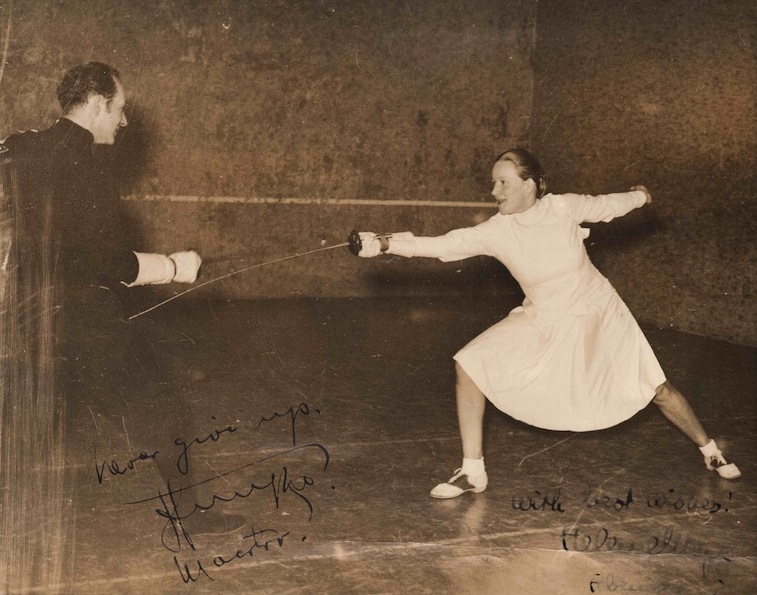
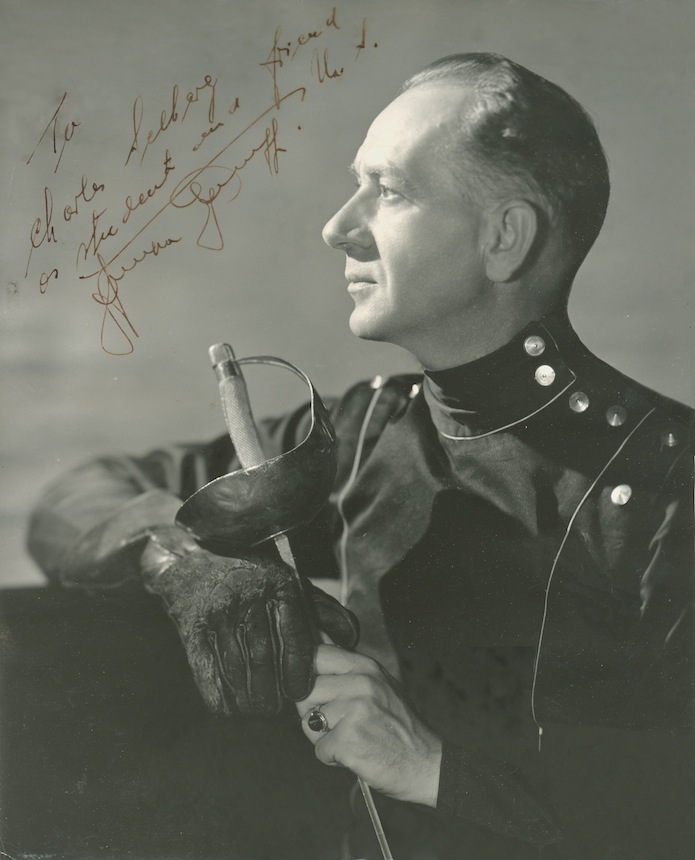
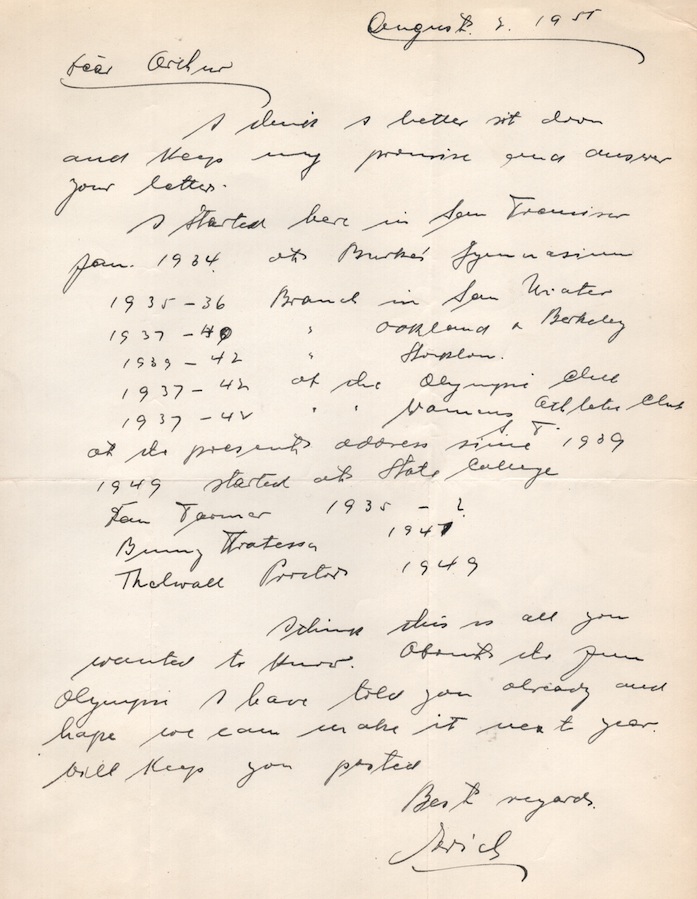
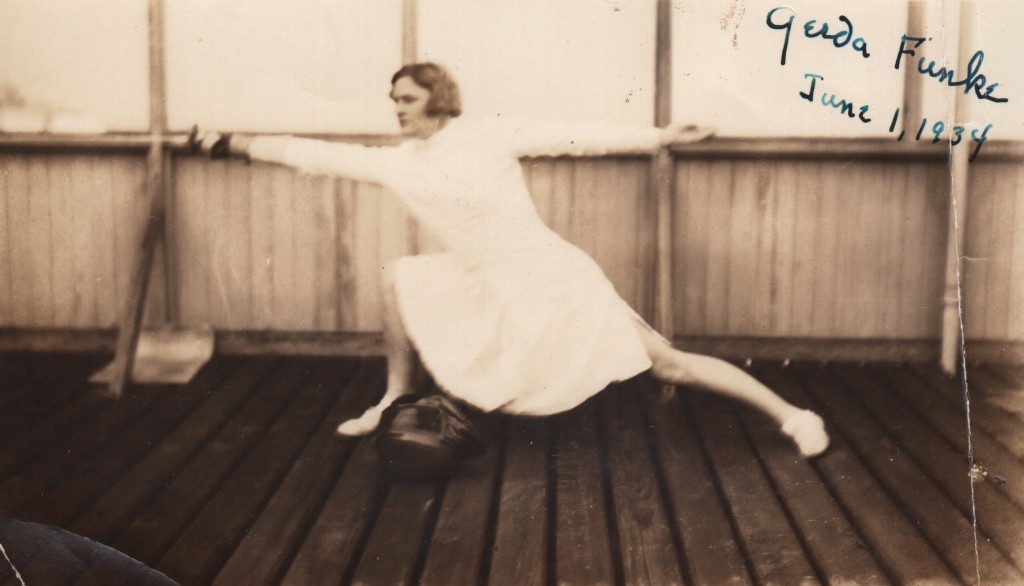
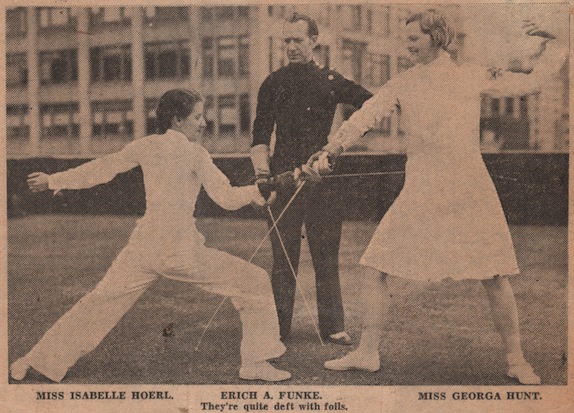
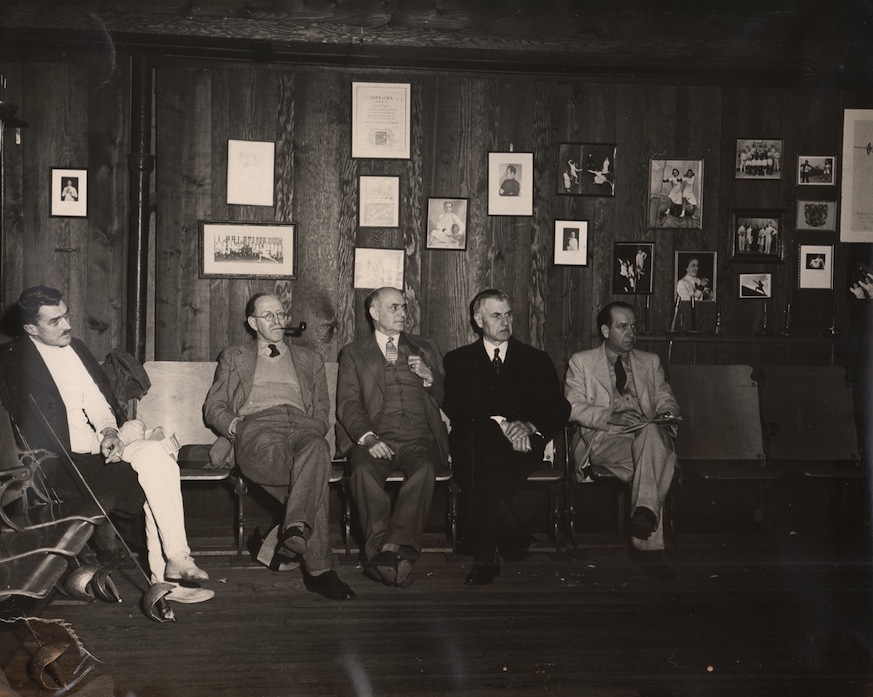
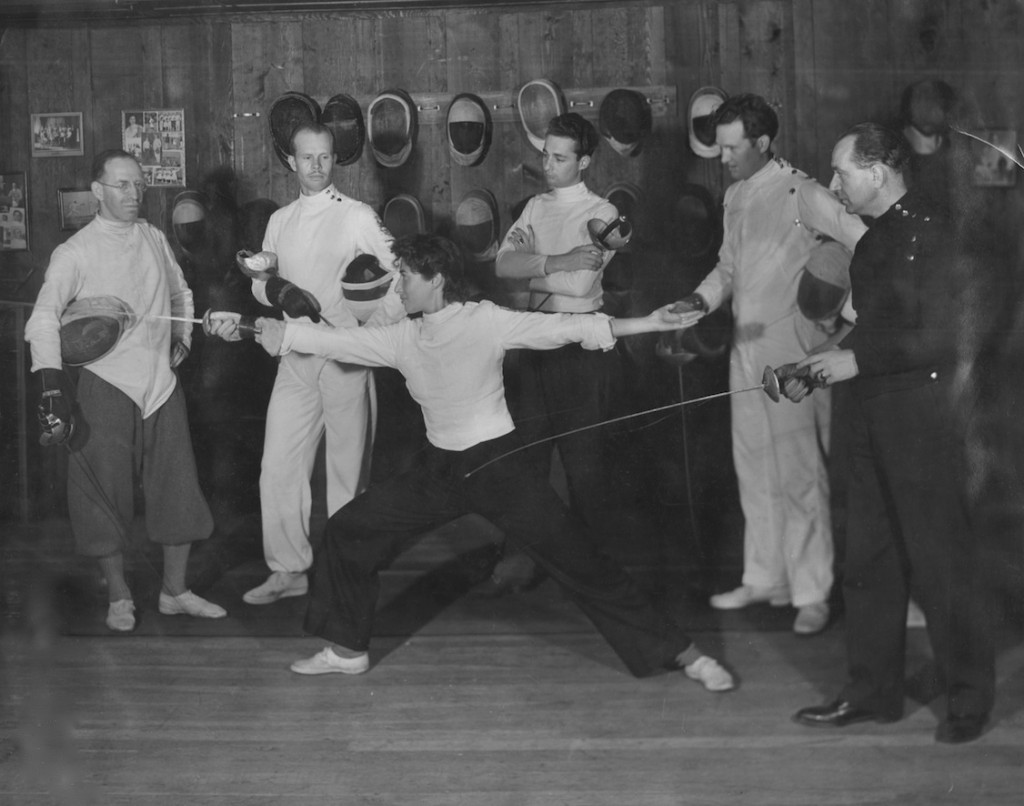
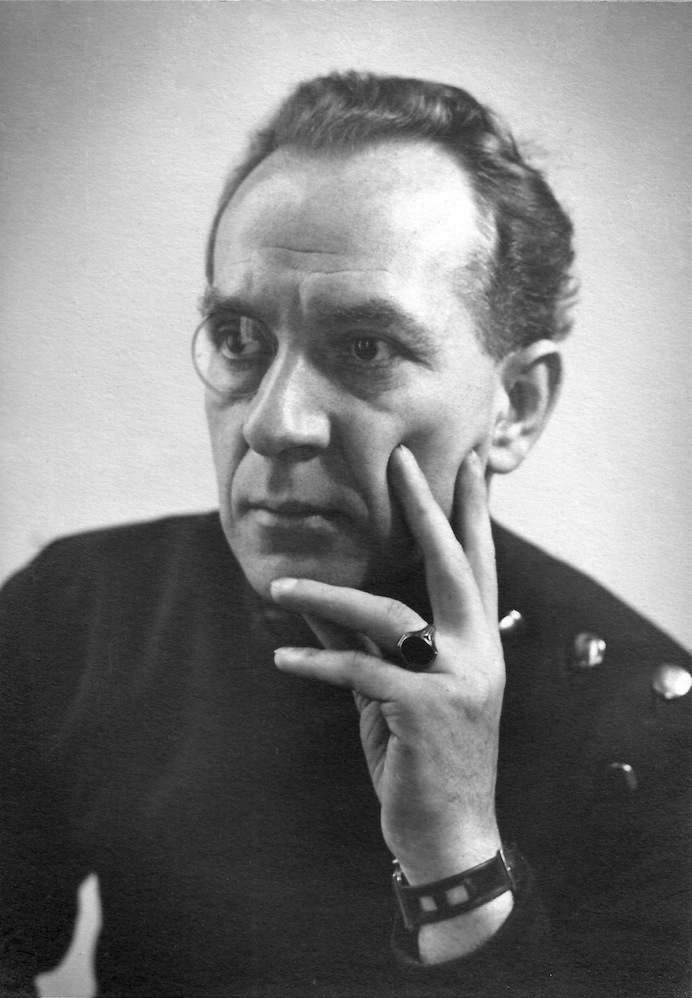
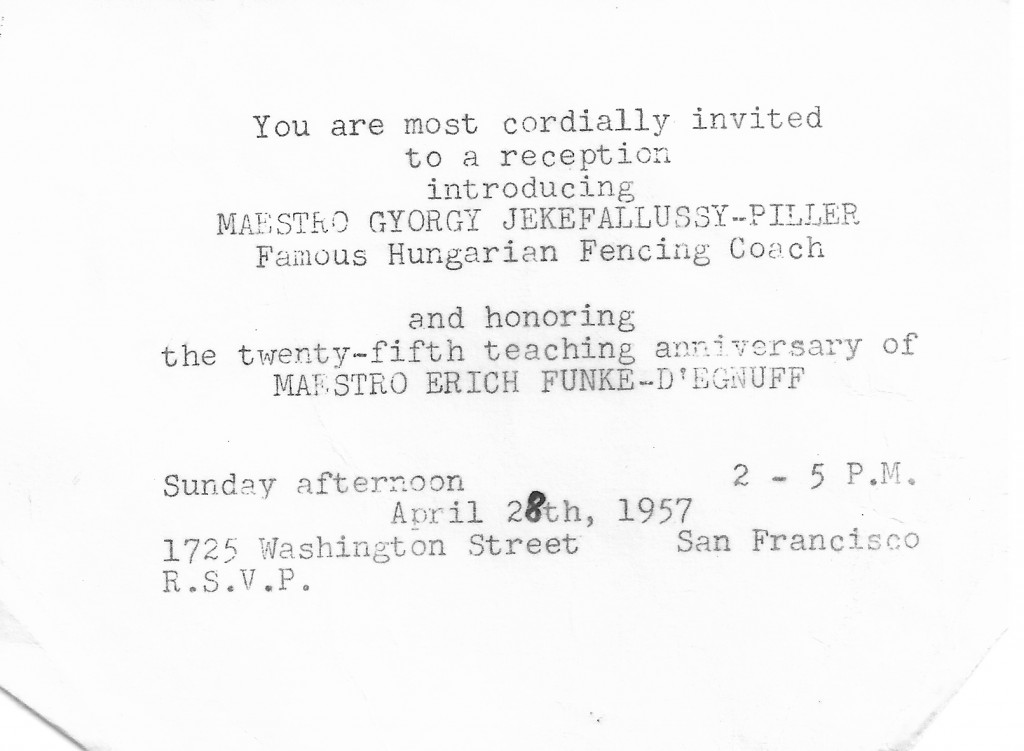
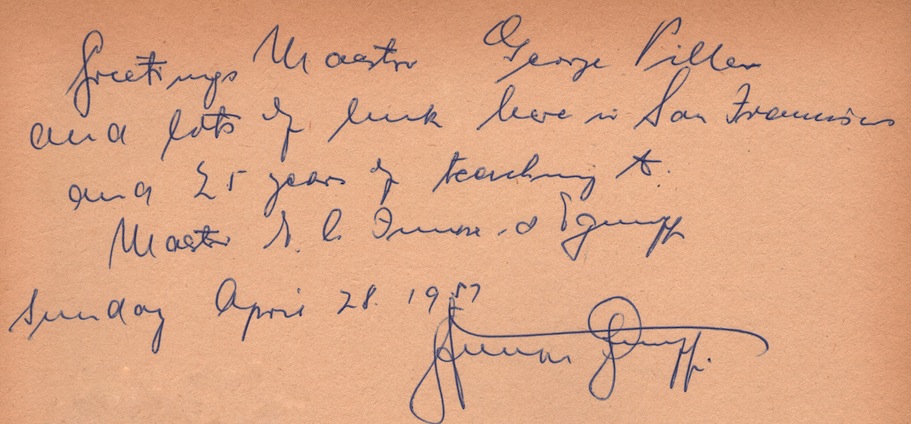


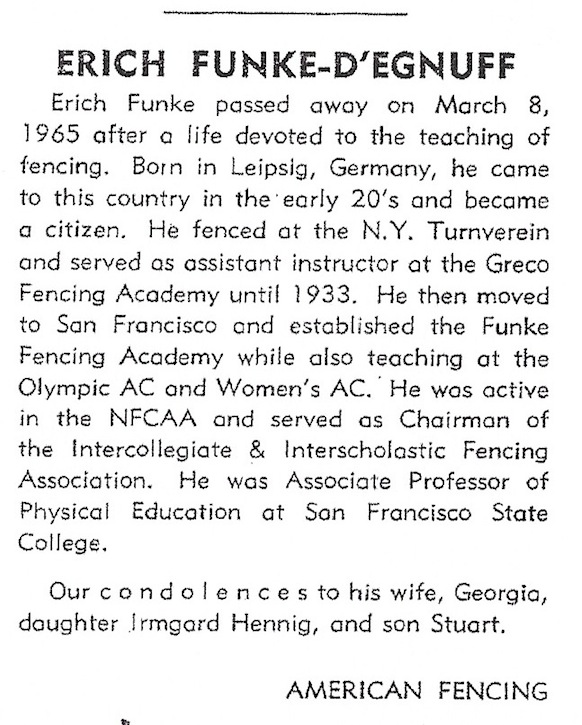
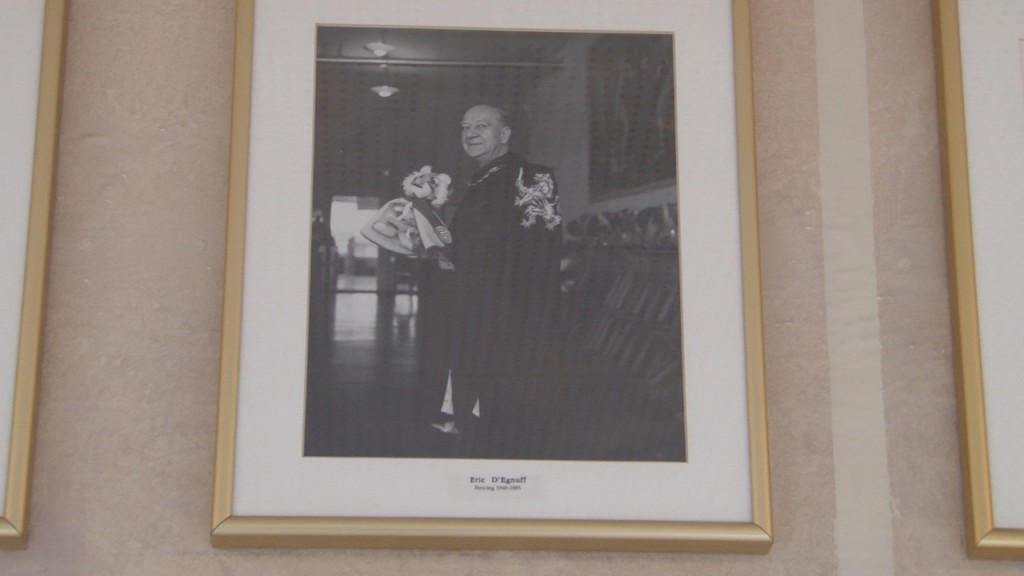
Trackbacks/Pingbacks